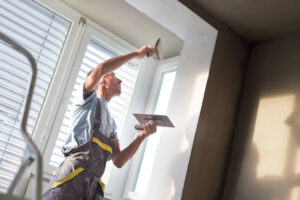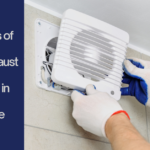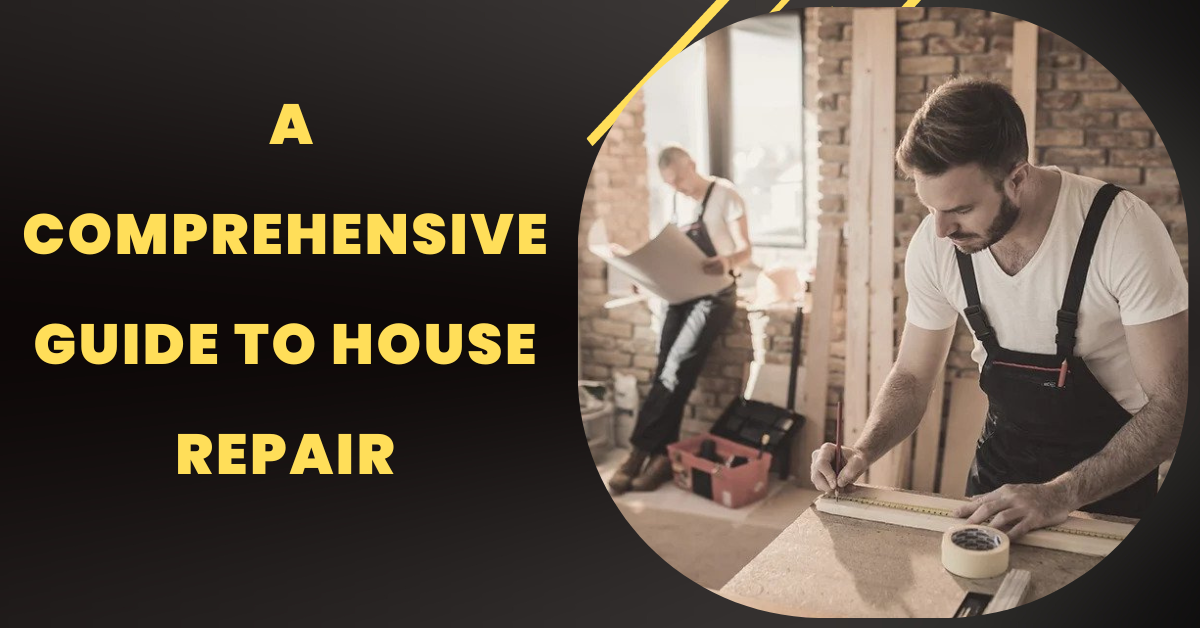Introduction:
A house is more than just bricks and mortar; it is a sanctuary that provides us with comfort, security, and shelter. The wear and tear of a home may require us to address various repairs to maintain its integrity in the long run. In this comprehensive guide, we will explore essential aspects of house repair, from identifying common issues to executing repairs effectively. If you understand the importance of regular maintenance and use proper repair techniques, you can revitalize your home and extend its lifespan.
Identifying Common House Repair Issues:
a) Structural Integrity: A crack in the foundation, sagging floors, or cracks in the walls may indicate underlying structural problems that require immediate attention. Consulting a professional structural engineer is crucial to accurately assess and address these concerns.
b) Roofing Problems: Water damage can occur when shingles are damaged or missing, leaks occur, or the roof is sagging. Timely roof repairs or replacements are essential to protect against costly water damage.
c) Plumbing and Electrical: Faulty plumbing and electrical systems can disrupt daily life and pose safety hazards. Leaking pipes, clogged drains, faulty wiring, or flickering lights should be addressed promptly to prevent further damage or potential accidents.
d) Exterior Maintenance: Cracked or peeling paint, rotting wood, damaged siding, or malfunctioning gutters can impact your home’s aesthetics and leave it vulnerable to moisture intrusion. The exterior of your home must be maintained regularly in order to protect against weather elements and maintain its curb appeal. Home maintenance is very essential factor in house repair.
Planning and Executing House Repairs:
a) Assessing the Scope: Begin by creating a comprehensive list of necessary repairs. Prioritize based on urgency and allocate a budget to ensure a systematic approach.
b) DIY vs. Professional Help: Evaluate your skills, available time, and the complexity of the repairs. While some tasks can be accomplished through DIY efforts, others may require professional expertise to ensure safety and quality workmanship.
c) Safety First: You should ensure that you have the appropriate safety equipment and tools before starting any repairs. Take necessary precautions, such as turning off electricity or water supply when working on electrical or plumbing repairs.
d) Procuring Materials: Make a detailed list of required materials and gather them before initiating repairs. In this way, delays are minimized and work flows are smooth.
e) Step-by-Step Approach: Follow a systematic approach for each repair, carefully following instructions, and using appropriate techniques. Take your time to ensure accuracy and quality in your repairs.
f) Regular Maintenance: House repairs can often be prevented by implementing regular maintenance practices. Performing routine checks, cleaning gutters, inspecting for leaks, and replacing worn-out components can help identify and mitigate issues before they become major problems.
Seeking Professional Assistance:#

Recognize when a repair task exceeds your capabilities or requires specialized knowledge. There are certain repairs, such as electrical work, major structural repairs, and intricate plumbing projects, which should be left to trained professionals. Having your home inspected by professionals ensures its safety and longevity.
Some common issues that arise and provide valuable insights to help you navigate the process effectively and turn challenges into opportunities.
Identifying Common House Repair Issues:
a) Structural Integrity: Over time, houses may experience structural issues such as cracks in the walls, sagging floors, or uneven foundation. These issues may stem from poor construction, natural wear and tear, or external factors like soil settlement or seismic activity. Identifying and addressing structural problems promptly is crucial to maintain the stability and safety of your home. You may also visit answertenant for more information.
b) Plumbing and Electrical Problems: Leaky faucets, malfunctioning toilets, faulty wiring, and electrical outages are common issues homeowners encounter. These problems can disrupt daily routines and pose safety hazards if left unattended. Seeking professional assistance or acquiring basic plumbing and electrical skills can help mitigate these issues effectively.
c) Roof and Gutter Maintenance: Roof leaks, damaged shingles, and clogged gutters can lead to water infiltration, compromising the integrity of your home and causing mold growth and water damage. Maintaining your roof and gutters regularly can prevent costly repairs and extend their life expectancy.
Planning and Executing House Repairs:
a) Assessing the Scope of Repairs: Start by creating a comprehensive list of repair needs, prioritizing them based on urgency and budget constraints. Divide repairs into manageable tasks to avoid feeling overwhelmed and tackle them systematically.
b) DIY vs. Professional Help: Evaluate your skill level and the complexity of repairs before deciding whether to take a do-it-yourself approach or hire professional contractors. Simple tasks like painting or replacing fixtures may be suitable for DIY, but more complex issues like structural repairs or electrical work require the expertise of qualified professionals.
c) Budgeting and Obtaining Estimates: Set a realistic budget for your repairs, considering the cost of materials, tools, and professional services. Obtain multiple estimates from reputable contractors to compare prices and ensure transparency. Consider including a contingency fund to cover unforeseen expenses that may arise during the repair process.
d) Prioritizing Aesthetics and Energy Efficiency: Use house repairs as an opportunity to enhance the visual appeal of your home. Consider repainting walls, updating fixtures, or replacing outdated elements to breathe new life into your living space. Additionally, focus on energy-efficient upgrades such as insulation, windows, and appliances to reduce utility bills and minimize your environmental footprint.
Learning from House Repairs:
a) Regular Maintenance: The key to avoiding future costly repairs is prevention. Implement a regular maintenance schedule for your home, including tasks like cleaning gutters, inspecting plumbing, and servicing HVAC systems. Proactive maintenance can help identify minor issues before they escalate into major repairs.
b) Building New Skills: Engaging in house repairs provides an excellent opportunity to acquire new skills and broaden your knowledge. Learn from professionals, attend workshops, or explore online resources to improve your understanding of various repair techniques. Building your skill set empowers you to handle minor repairs independently and save money in the long run.
c) Appreciating Your Home: House repairs can be challenging, but they also remind us of the importance of caring for and appreciating our homes. Embrace the process as an opportunity to strengthen your connection with your living space and create a comfortable and safe haven for yourself and your loved ones.
Conclusion:
House repairs, though occasionally daunting, are an inherent part of homeownership. By approaching repairs with a positive mindset and a strategic plan, you can transform challenges into opportunities for enhancing your home’s functionality, aesthetics, and value. Regular maintenance, strategic budgeting, and seeking professional help when needed are crucial for successful repairs. Embrace the art of house repair, learn from the process, and create a living space that reflects your unique style while providing comfort and security for years to come.












